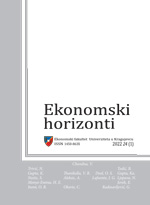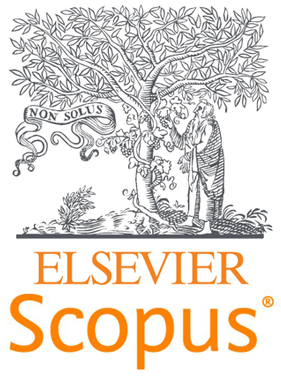ON THE EFFICACY OF TRANSLATION METHODS AND THE FUNCTIONAL CURRENCY APPROACH IN REPORTING PRICE LEVEL CHANGES
Jatinder P. Singh
Department of Management Studies, Indian Institute of Technology Roorkee, Uttarakhand, India
This article provides an evaluation of translation accounting through a logical and deductive analysis of the concepts. The relationship between the inflation of constituent countries and the methods of translation is explored. It is established that only the Current Value (Purchasing Power Parity) (PPP) Method correctly reports the effects of the inflation of both countries. The Current Rate Method fails to correctly report the effect of the subsidiary country’s inflation and the temporal method does not correctly report the parent country’s inflation. The efficacy of FAS 52 (USA) and the functional currency concept is examined. Under FAS 52, the functional currency determines the method to be adopted for translation and hence the accounts of the subsidiary that are subject to an exchange rate risk. It is, however, argued that the exchange rate risk is related to violations of Purchasing Power Parity. The degree of such violations should, therefore, form the premise on which the functional currency and translation method should be selected.
Keywords: foreign currency exposure, translation exposure, current rate method, temporal method, purchasing power parity, FAS 52, functional currency
JEL Classification: M41




